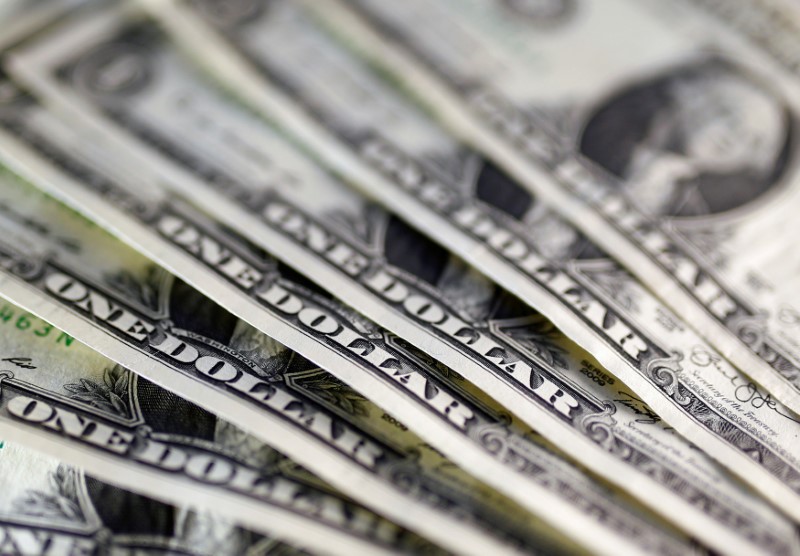Bitcoin price today: gains to $120k, near record high on U.S. regulatory cheer
Investing.com-- Most Asian currencies kept to a tight range on Friday, while the dollar recovered mildly from recent losses after a federal appeals court reinstated U.S. President Donald Trump’s trade tariffs after a trade court briefly blocked them.
Focus was now squarely on key U.S. inflation data due later in the day.
Sentiment towards regional markets was hit by U.S. Treasury officials stating that trade talks with China had stalled in recent weeks, dampening optimism over a recent deescalation in tariffs between the two.
The Japanese yen firmed, supported by safe haven demand and as data also showed Japanese inflation remained sticky.
Dollar stems losses after Trump tariffs are reinstated; PCE data awaited
The dollar index and dollar index futures rose between 0.1% and 0.2% in Asian trade, recovering some ground from overnight losses.
The dollar had initially firmed after Trump’s tariffs were blocked by a trade court. But the greenback then reversed course after an appeals court on Thursday upheld Trump’s tariff agenda, at least temporarily, while its legality is considered.
Trump lashed out against the trade court and expressed hope that the Supreme Court will back his tariff plans.
But analysts warned that protracted legal sparring over Trump’s tariffs could spur more market uncertainty.
Losses in the dollar were limited by some signs of U.S. economic resilience. A revised reading on gross domestic product data showed the U.S. economy shrank slightly less than initially estimated in the first quarter.
PCE price index data- the Federal Reserve’s preferred inflation gauge- is due on Friday, and is set to provide more cues on the U.S. economy.
Japanese yen firms on strong Tokyo inflation
The Japanese yen was among the better performers in Asia, with the USDJPY pair falling 0.3%.
The currency benefited from some safe haven demand, while Tokyo consumer inflation data for May read stronger than expected.
Tokyo inflation usually acts as a bellwether for national Japanese inflation, with the print likely giving the Bank of Japan more headroom to raise interest rates. Markets were seen pricing in a greater chance for a 25 basis point hike in July, although hikes after that were doubtful.
Other Japanese data read positive. Industrial production shrank less than expected in April, while retail sales grew past expectations.
Broader Asian currencies kept to a tight range after logging a whipsaw week on U.S. trade tariff uncertainty. The Chinese yuan’s USDCNY pair moved little even as U.S. Treasury Secretary Scott Bessent said trade talks with China had stalled after an initial agreement earlier in May.
The Australian dollar’s AUD/USD pair fell 0.3% after data showed the country’s retail sales unexpectedly shrank in April- with any signs of a cooling economy giving the Reserve Bank more headroom to cut interest rates.
The South Korean won’s USDKRW pair rose 0.4%, while the Singapore dollar’s USDSGD pair rose 0.2%.
The Indian rupee’s USDINR pair fell 0.2% ahead of GDP data for the March quarter.
